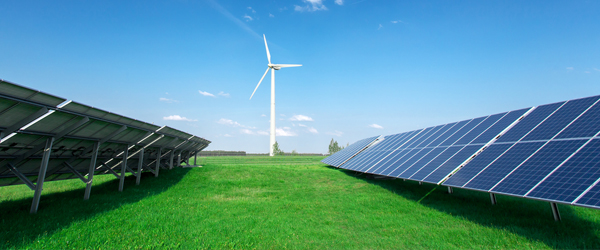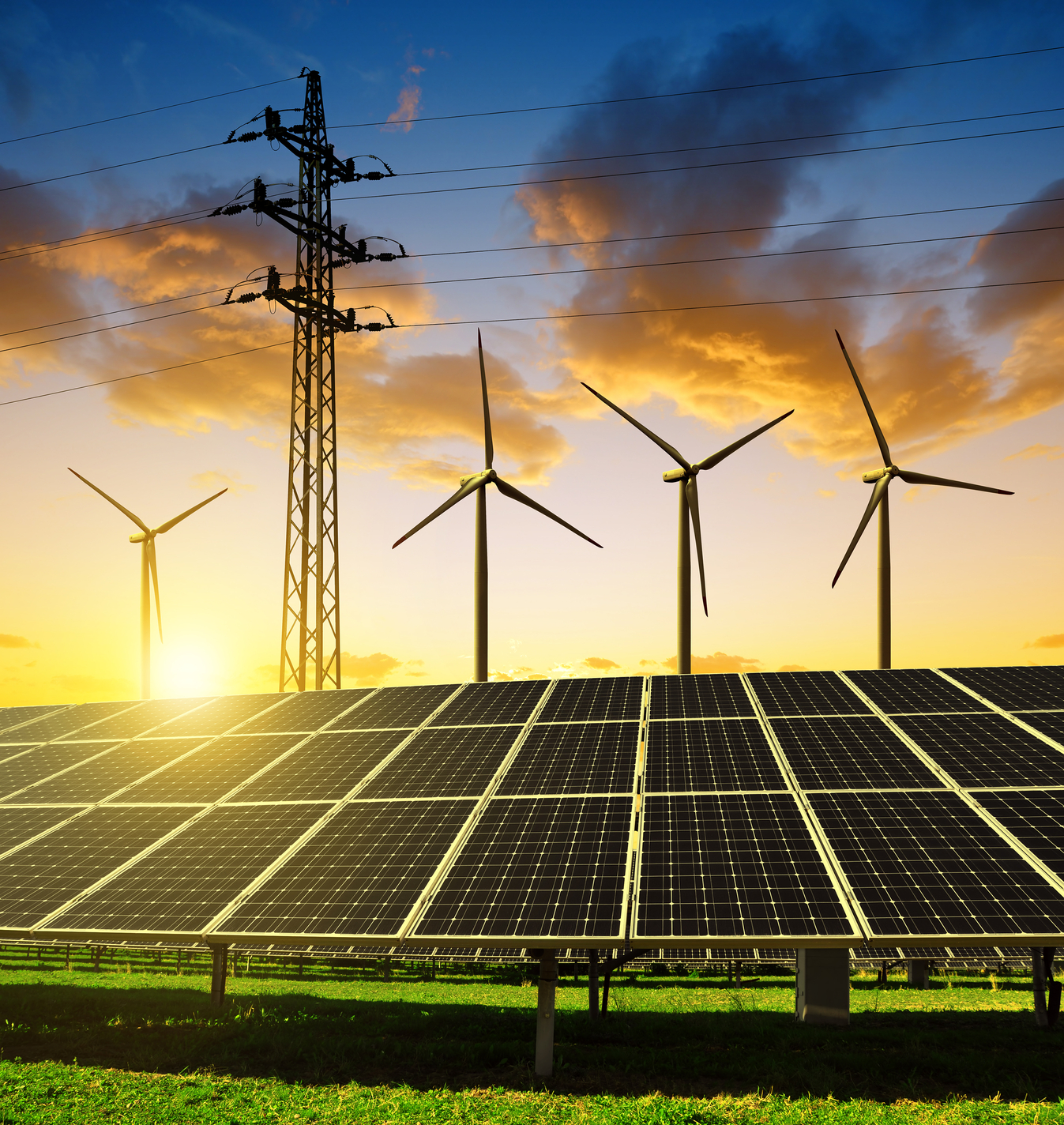Last December at the Paris climate negotiations, the United States promised the world it would do its part to fight global climate change, using the EPA’s Clean Power Plan as the most tangible evidence of this commitment. Two months later, the U.S. Supreme Court presented the first material impediment to this path forward. In a 5-to-4 vote, the Court issued a temporary stay of the Clean Power Plan, which aims to reduce carbon pollution from power plants, while the D.C. Circuit Court considers a challenge filed by industry and 29 states.

Amid the progress promised by the Paris Agreement, the game-changing question continues to be whether humanity will act in time and at the scale required to ward off cataclysmic storms, drought, heat, and sea-level rise. That is why the Foundation focuses its efforts on catalyzing energy transformation within the world’s top three greenhouse gas emitters–China, the U.S., and India, respectively.
Now a significant part of the needed paradigm shift in the U.S. rests with the courts. The legal argument in the multi-state lawsuit aimed at dismantling the Clean Power Plan begins in late September in the D.C. Circuit Court of Appeals. Any ruling there is expected to go before the Supreme Court, which may by then have a new member nominated by President Obama’s successor. Should President Obama succeed in replacing one of the most conservative justices on the Supreme Court, the likelihood of the Clean Power Plan’s legal success increases; if the seat remains vacant, a 4-4 tie at the Court will uphold the D.C. court’s ruling.
There is no question the Supreme Court’s issuance of a stay creates legal uncertainty around the Clean Power Plan. In addition, as the ruling for the stay splits the Supreme Court along party lines, it also confirms how politicized carbon regulation in the United States has become. The GOP nominee has already promised to neutralize the Paris Agreement, raising the climate stakes in the 2016 presidential election to a critical level.
As the United States and other countries continue to struggle with meeting their climate commitments, cities are taking the vanguard... This bottom-up momentum on addressing climate change may very well be what drives lasting change on a global scale.
In response, the Foundation has redoubled its support for changing the public discourse on climate change in battleground states. We are supporting organizations that are helping make the strongest legal and public arguments for how the Plan will benefit public health, state economies, and climate change. Twelve states led by Democratic governors have already signaled they will move forward with Clean Power Plan implementation, while fifteen have said they will not; the plans for nearly half of the states are currently unclear. We are supporting organizations that are working to encourage those remaining states to continue to plan for clean energy.
Voters in the United States are also awakening to the need for climate action. While there is wide support for climate action among Democrats and Independents, a recent poll commissioned by right-leaning organizations found 48 percent of Republican respondents also want a reduction in the emissions that “cause global climate change,” compared with 46 percent that did not.
Two critical market forces that will result in reduced emissions are proceeding unabated in the United States, regardless of the Clean Power Plan. First, coal use continues to decline. The share of U.S. electricity produced from coal-fired power reach an historic low of 34 percent in 2015, down from 50 percent in 2005. This is due to low-cost natural gas, competitive wind and utility-scale solar prices, rules related to mercury and air toxins, and reduced demand growth arising from increased efficiency. Secondly, renewable energy investments have achieved economic viability and are growing fast. Investments in renewables and energy smart technologies in the United States reached $56 billion in 2015, up 8 percent from 2014. Wind installations grew by 65 percent compared with 2014 levels and solar grew 14 percent. A surprise extension of the tax credits for wind and solar at the end of 2015 ensures that these markets will continue to grow through 2016 and 2017.
As the United States and other countries continue to struggle with meeting their climate commitments, cities are taking the vanguard. Under the Global Covenant of Mayors for Climate & Energy, 7,100 cities in 119 countries on six continents, representing more than 600 million residents – more than 8 percent of the world’s population – have committed to pursue climate mitigation and adaptation measures that exceed their national governments’ pledges to the United Nations. This bottom-up momentum on addressing climate change may very well be what drives lasting change on a global scale.



